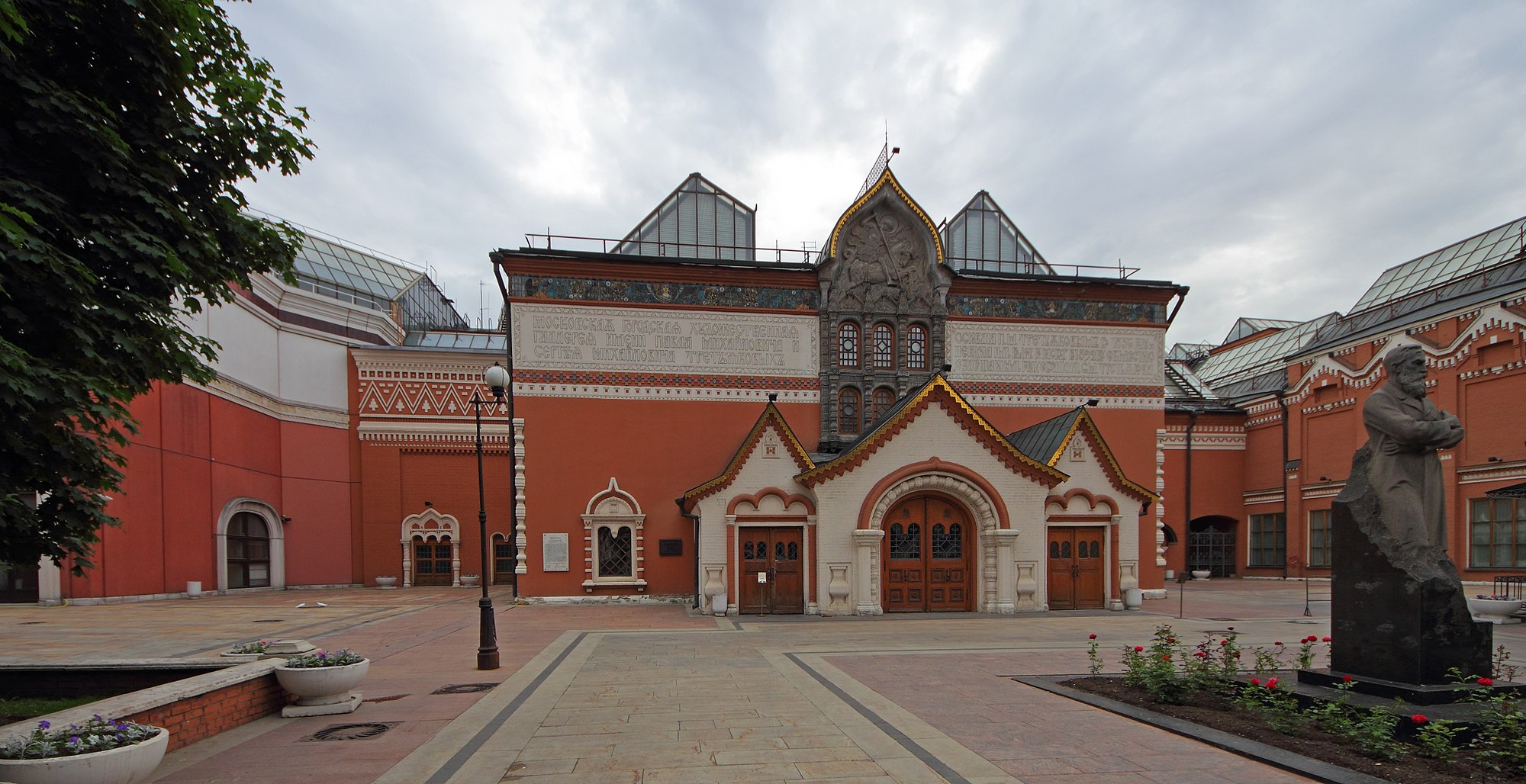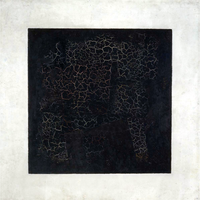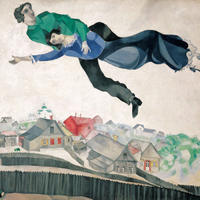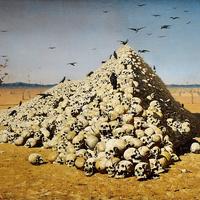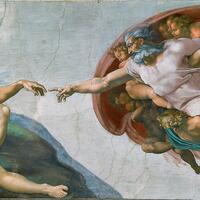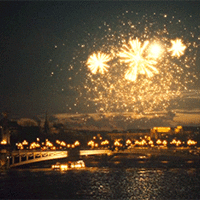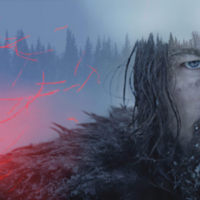More about State Tretyakov Gallery
Works at State Tretyakov Gallery
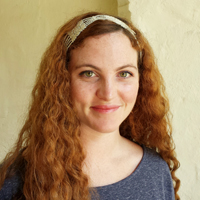
Sr. Contributor
Art lovers are literally breaking down doors to get into this beloved Russian museum.
The Tretyakov Gallery began in 1856 when a young Moscow merchant by the name of Pavel Mikhailovich Tretyakov began collecting art with the express purpose of someday opening a state museum. By 1892 he had acquired enough Russian art (about 2,000 pieces) to donate them to the Russian nation and fulfill his dream. This type of generosity was not uncommon for Tretyakov, who donated money to help families of soldiers who fought in the Crimean and Russo-Turkish War. He also established grants to fund schools and shelters for widows and children, lent out money constantly, and held guardianship over a school for the deaf.
With his generous spirit it is no surprise that Tretyakov didn’t just donate the art; he gave up one of his houses in which to display it. The mansion was designed by architect Alexander Kaminsky who was later found guilty of criminal negligence when one of the buildings built by his firm collapsed. Oops. In more architecture lore, Viktor Mikhaylovich Vasnetov, who designed the museum’s iconic fairytale façade, had tried selling his art to Tretyakov and was told it was too fantastic. I guess tastes change.
During World War II the collection was moved to the Novosibirsk Opera House to be protected from bombings. It was a good thing too. The Tretyakov was bombed by the Germans in 1941. The art was protected from the bombs in Moscow, but not the theatrics of Novosibirk. Supposedly the half finished Opera House was put into use while the collection was in hiding, forcing volunteers to constantly move art around the theater to avoid being ruined by delinquent divas.
Decades later, the art has been returned to the Gallery (which was restored and revamped several times), but it seems to have taken with it a flair for drama. In 2009, the art community was up in arms when Vladimir Putin signed a decree announcing permission for developers to tear down the Central House of Artists, a landmark which houses much of the Tretyakov Gallery collection. The building was erected for the 1980 Moscow Olympics and features a sculpture garden displaying monuments of post-Soviet leaders… I’m guessing Putin isn’t among them.
One expects such things from Putin, but what about when patrons of the arts try to tear that bitch down? In early 2016, art lovers waiting to see a Valentin Serov exhibition broke down the doors when issues caused by online ticket purchases prolonged their wait time. Apparently they oversold the online tickets and it was -14 degrees C (that’s 6.8 degrees F for us Yanks)… so I get why the crowd was tense. As a result, the museum called in extra volunteers and medical personnel. As an art nerd, I’m happy to see that there are such intense art fans out there and simultaneously terrified by the degradation of polite society.
Featured Content
Here is what Wikipedia says about Tretyakov Gallery
The State Tretyakov Gallery (Russian: Государственная Третьяковская Галерея, romanized: Gosudarstvennaya Tretyakovskaya Galereya; abbreviated ГТГ, GTG) is an art gallery in Moscow, Russia, which is considered the foremost depository of Russian fine art in the world.
The gallery's history starts in 1856 when the Muscovite merchant Pavel Mikhailovich Tretyakov acquired works by Russian artists of his day with the aim of creating a collection, which might later grow into a museum of national art. In 1892, Tretyakov presented his already famous collection of approximately 2,000 works (1,362 paintings, 526 drawings, and 9 sculptures) to the Russian nation. The museum attracted 894,374 visitors in 2020 (down 68 percent from 2019, due to the COVID-19 pandemic). It was 13th on the list of most-visited art museums in the world in 2020.
The façade of the gallery building was designed by the painter Viktor Vasnetsov in a peculiar Russian fairy-tale style. It was built in 1902–04 to the south from the Moscow Kremlin. During the 20th century, the gallery expanded to several neighboring buildings, including the 17th-century church of St. Nicholas in Tolmachi. The collection contains more than 130,000 exhibits, ranging from the Theotokos of Vladimir to the monumental Composition VII by Wassily Kandinsky and the Black Square by Kazimir Malevich. In 1977 the Gallery kept a significant part of the George Costakis collection.
In May 2012, the Tretyakov Art Gallery played host to the prestigious FIDE World Chess Championship between Viswanathan Anand and Boris Gelfand as the organizers felt the event would promote both chess and art at the same time. In May 2023, the Tretyakov Gallery refused to hand over one of its most famous icons, Andrei Rublev's Trinity, to the Russian Orthodox Church. In June 2023 the icon was transferred to Moscow's main cathedral despite the museum's protests on the personal order of Russian President Vladimir Putin.
Administratively, the State Tretyakov Gallery organisation also includes a gallery of contemporary art in another part of central Moscow, and a number of other satellite galleries, including one in Kaliningrad, in the extreme west of Russia, and one in Vladivostok, in the far east.
Check out the full Wikipedia article about Tretyakov Gallery

